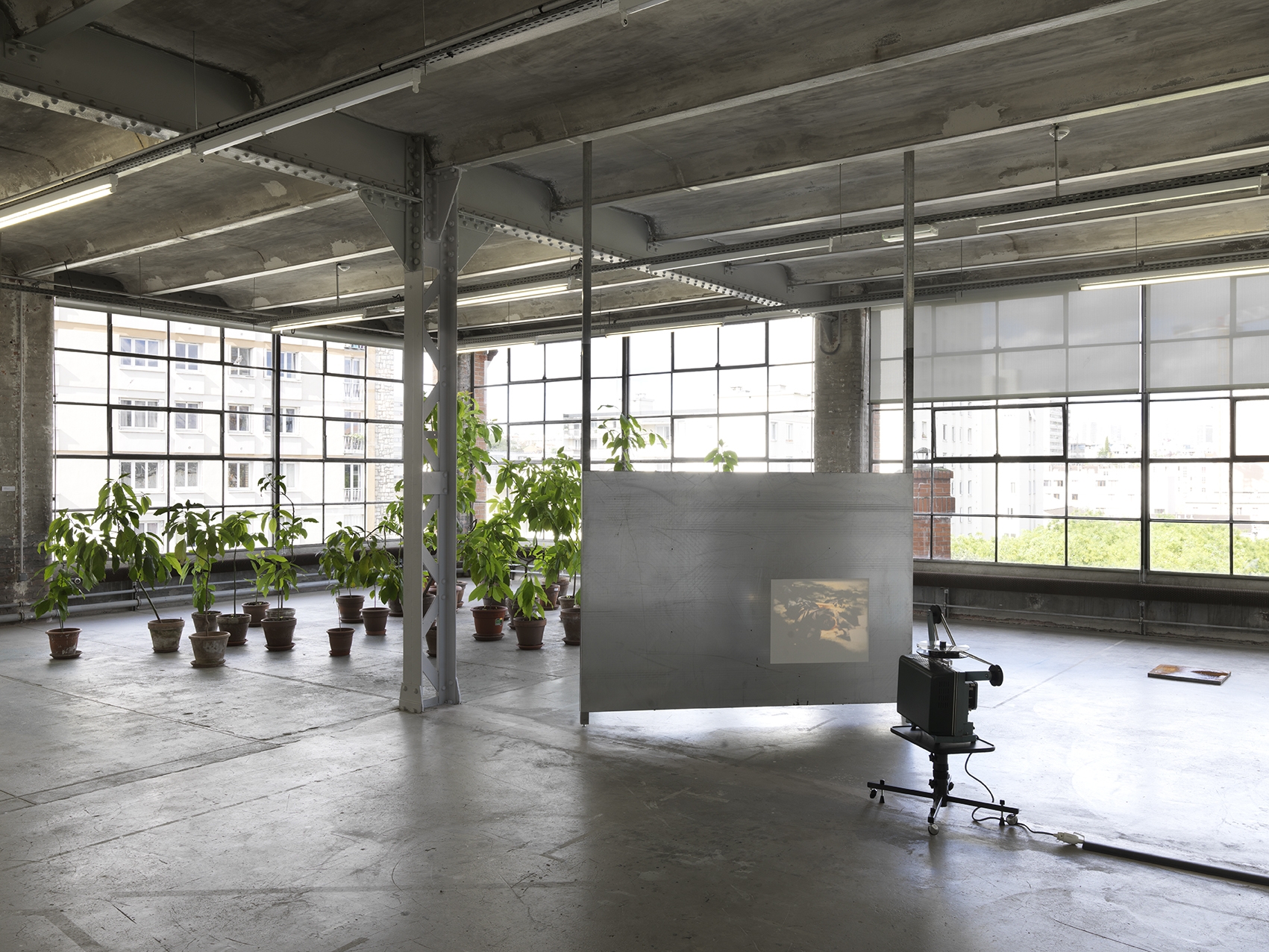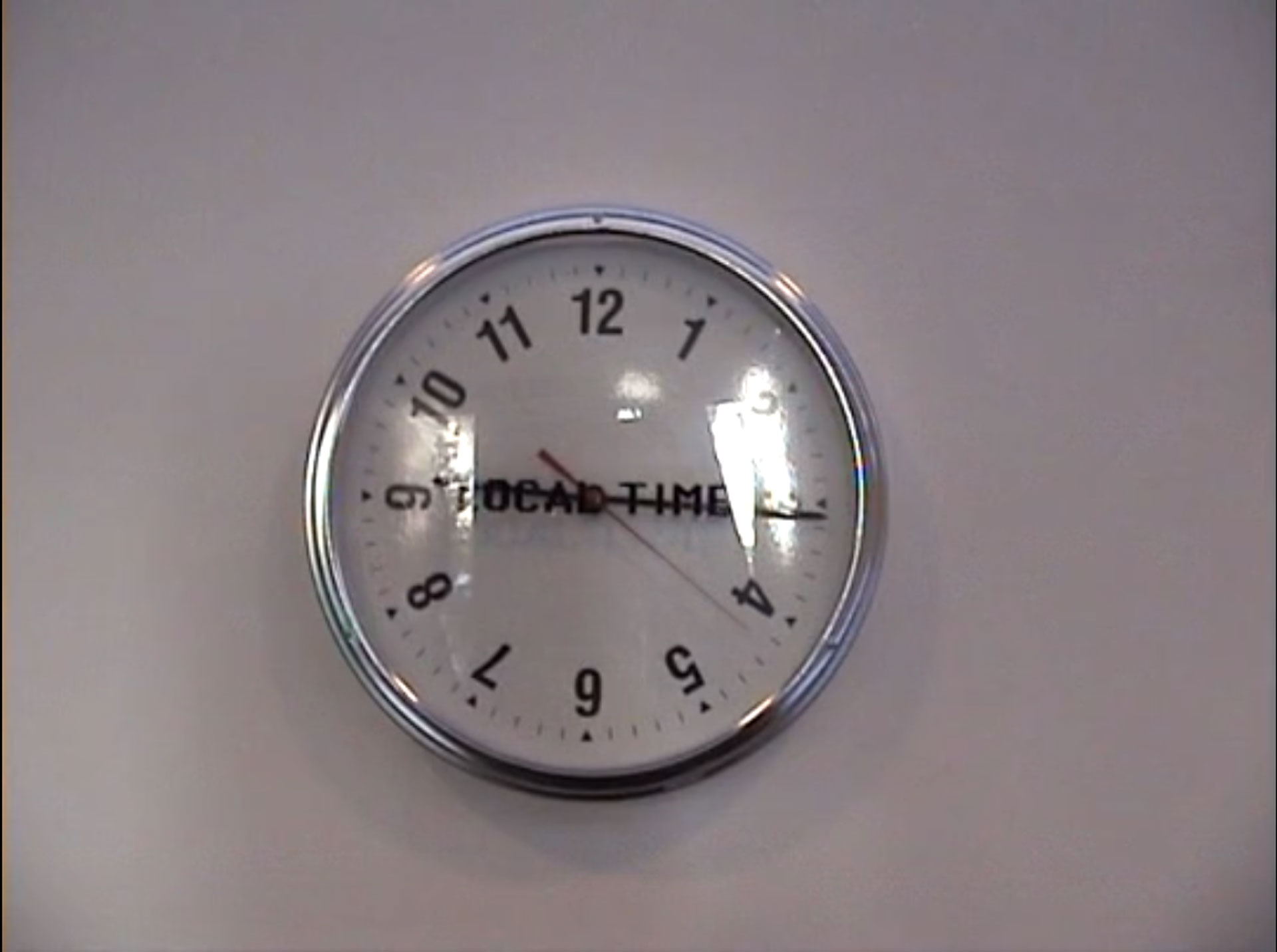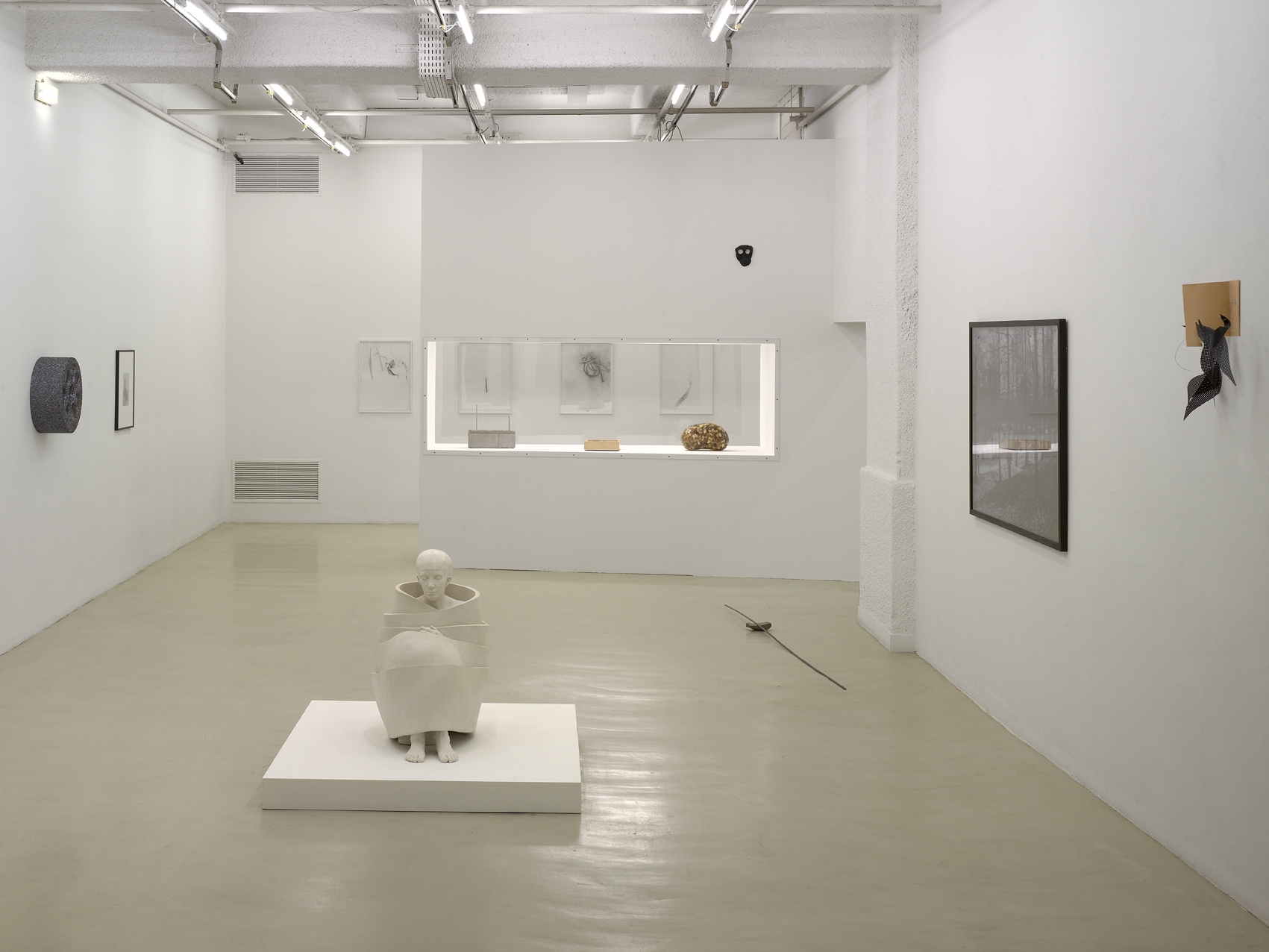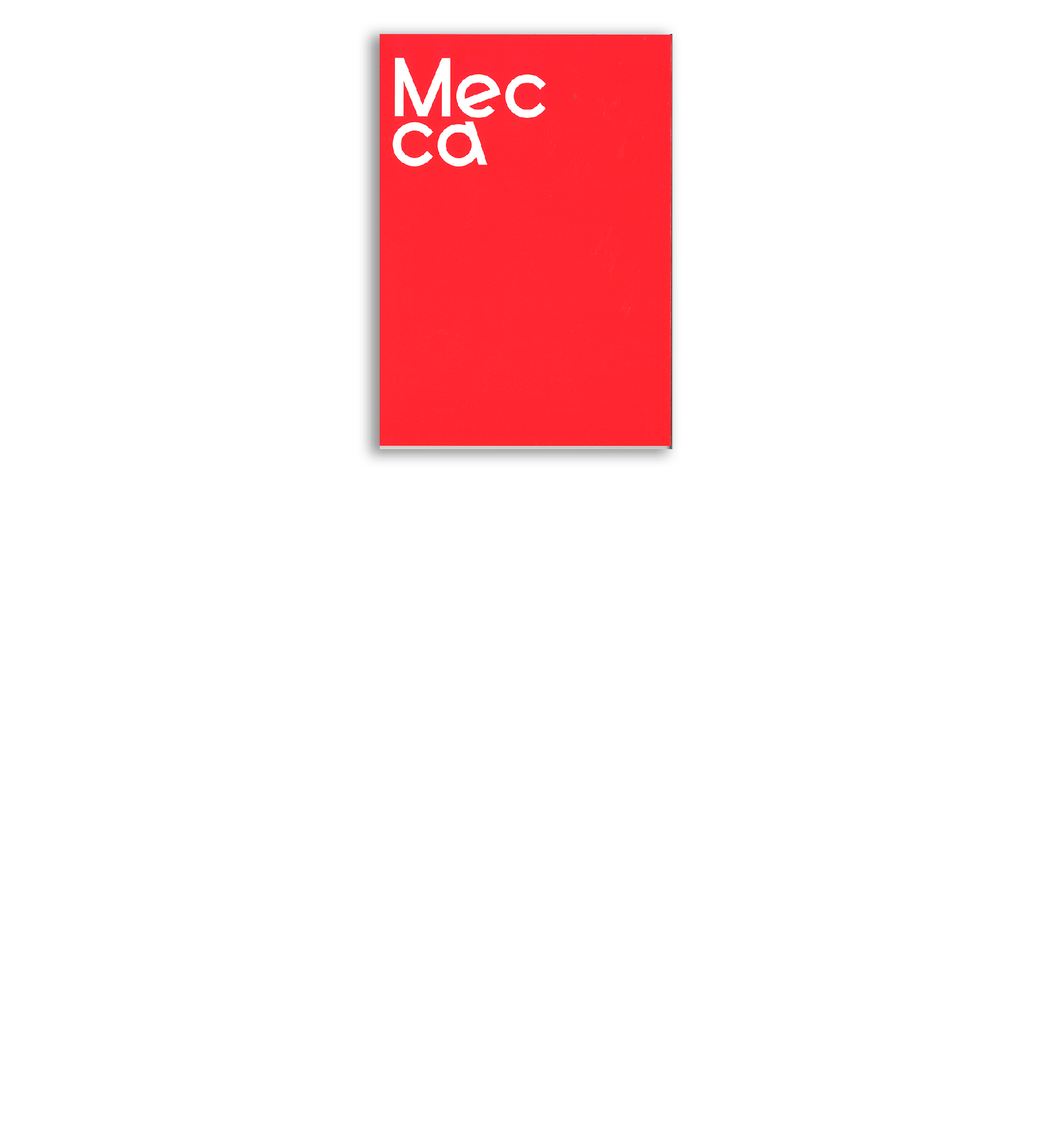L’Ennemi déclaré
Dove Allouche

Dove Allouche, exhibition view L’Ennemi déclaré, Centre d’art contemporain d’Ivry – le Crédac, 2009 Mélanophila II, 2003-2008, 140 drawings, lead pencil on papel, 32 × 40 cm © Photo : André Morin / le Crédac 2008 , Courtesy galerie Gaudel de Stampa, Paris

Dove Allouche, exhibition view L’Ennemi déclaré, Centre d’art contemporain d’Ivry – le Crédac, 2009 Mélanophila II, 2003-2008, 140 drawings, lead pencil on papel, 32 × 40 cm © Photo : André Morin / le Crédac 2008 , Courtesy galerie Gaudel de Stampa, Paris

Dove Allouche, exhibition view L’Ennemi déclaré, Centre d’art contemporain d’Ivry – le Crédac, 2009 Mélanophila II, 2003-2008, 140 drawings, lead pencil on papel, 32 × 40 cm © Photo : André Morin / le Crédac 2008 , Courtesy galerie Gaudel de Stampa, Paris

Dove Allouche, exhibition view L’Ennemi déclaré, Centre d’art contemporain d’Ivry – le Crédac, 2009 Mélanophila II, 2003-2008, 140 drawings, lead pencil on papel, 32 × 40 cm © Photo : André Morin / le Crédac 2008 , Courtesy galerie Gaudel de Stampa, Paris

Dove Allouche, exhibition view L’Ennemi déclaré, Centre d’art contemporain d’Ivry – le Crédac, 2009 Mélanophila II, 2003-2008, 140 drawings, lead pencil on papel, 32 × 40 cm © Photo : André Morin / le Crédac 2008 , Courtesy galerie Gaudel de Stampa, Paris





The 140 graphite drawings (10 x 15 cm) collected under the title Mélanophila II and exhibited by Dove Allouche in his show L’Ennemi déclaré (The Declared Enemy) constitute the recreation of a dazzling flash (melanophila is a beetle that detects fires in order to settle in the charred area and lay its eggs safe from predators).
The drawings were done from 140 photographs shot in a burnt forest in Portugal. The path taken by Allouche at that time was mad. He was moving about in a very limited perimeter. As if the photographic eye had combed the site, examining it from every angle.
The show is indeed about representing a lost subject while selecting the eucalyptus, a tree that can quickly regenerate itself. Even if it is a question of representing something that was, there is a possible return. It is about transcendence, not ruins.
The subject that is depicted is more or less the same 140 times, but from a point of view that has been shifted around. Reconstruction by drawing is slower than reality. The photographs, for example, were shot in the summer of 2003 whereas the series of drawings was only competed for the show five years later, in 2008.
Along with the 140 drawings, there is a photo entitled Portrait de Ninetto Davoli, an actor associated with Pier Paolo Pasolini. This image was shot by Allouche in August 2008 in Davoli’s home (which was Pasolini’s in Sabaudia, south of Rome), by the sea near Monte Circeo. The face of the shining, silent angel of Pasolini’s work is invisible here, 50 years later, since the actor is photographed from below and behind as he looks over a wall.
This image is, like a voice-over, a photo-over that is no more Davoli’s than Allouche’s. To Pasolini, Allouche adds Jean Genet, the other of the artist’s two major father figures.
L’Ennemi déclaré, the exhibition’s title, is also the name of one of the works featured in it. The title is shown in an electronic display outside the art center, illustrating the 1991 posthumous collection of texts and interviews by Genet. The book, which contains 4h à Chatila (Four Hours in Shatila), accompanied Allouche during the five years he worked on his 140 drawings. The book’s cover shows frenzied traces of graphite, evidence of the artist using it to sharpen his drawing pencil.
When Genet penned this “eye-witness account” of the massacres that occurred in the Sabra and Shatila camps, he hadn’t written in ten years. Genet devised a recreation of a searingly intense moment in a text of great beauty that goes beyond reality. An image cannot recreate the horror.
Written with great precision, the text bears witness to a lightening passage and materializes the force of a recollection, of memory after experience. Just as Dove Allouche sketched out, during five years, the recreation of a blinding instant.
Claire Le Restif
Artist biography
-
Born in 1972 in Sarcelle, France. Lives and works in Paris, France




